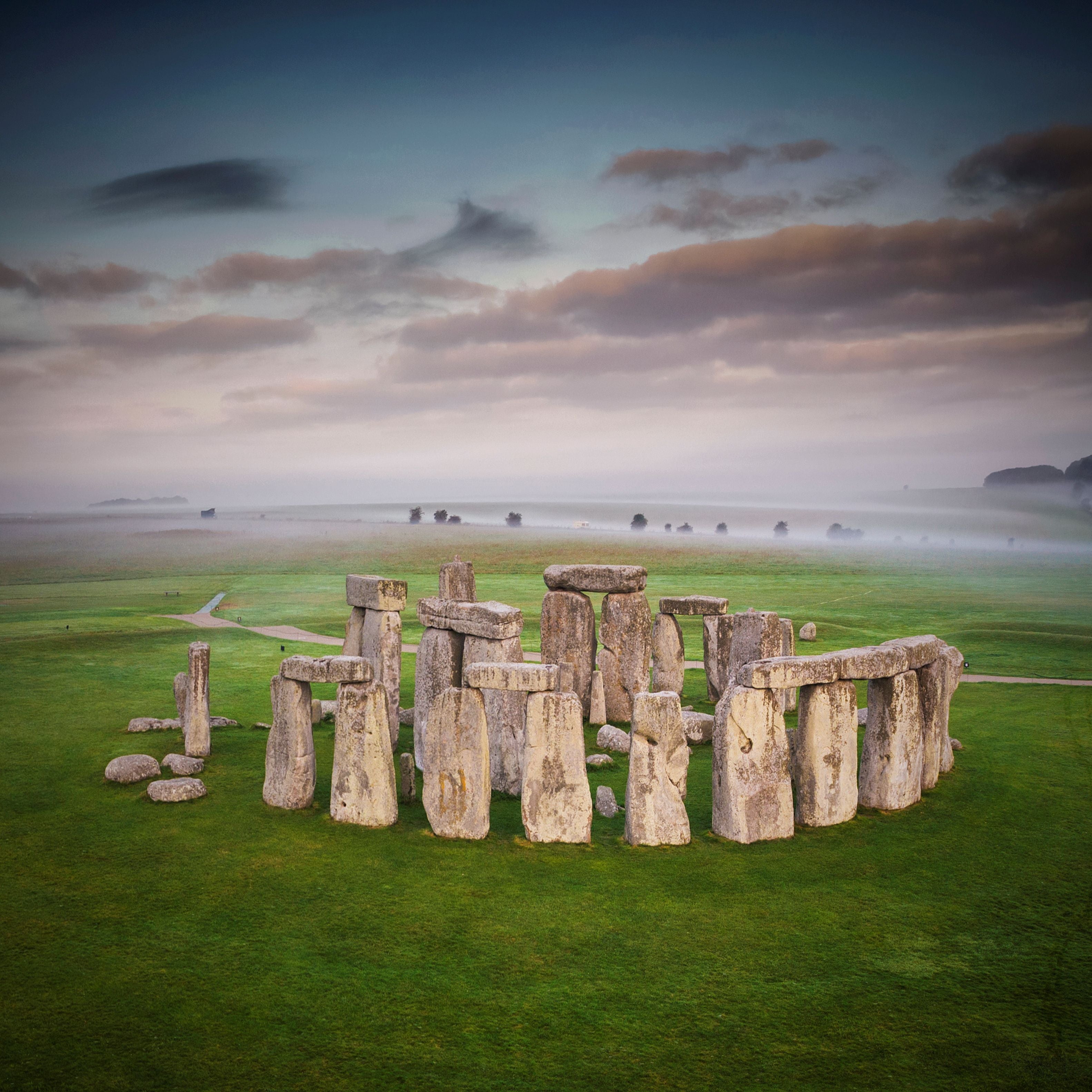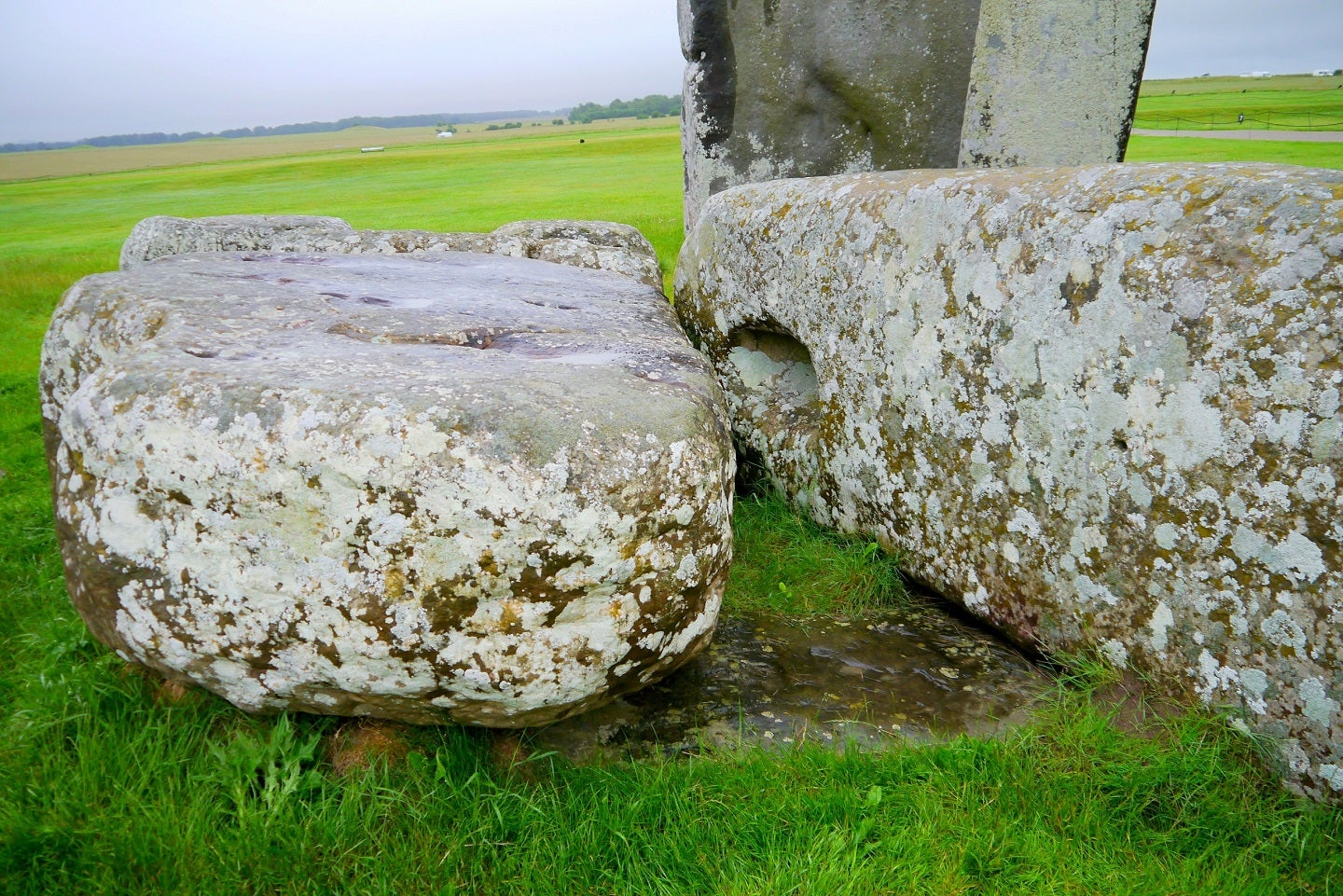The Independent's journalism is supported by our readers. When you purchase through links on our site, we may earn commission.
New mystery over origins of Stonehenge after remarkable discovery
For the past 100 years, the Altar Stone at Stonehenge was thought to come from south Wales - but new research provided a new theory
Your support helps us to tell the story
From reproductive rights to climate change to Big Tech, The Independent is on the ground when the story is developing. Whether it's investigating the financials of Elon Musk's pro-Trump PAC or producing our latest documentary, 'The A Word', which shines a light on the American women fighting for reproductive rights, we know how important it is to parse out the facts from the messaging.
At such a critical moment in US history, we need reporters on the ground. Your donation allows us to keep sending journalists to speak to both sides of the story.
The Independent is trusted by Americans across the entire political spectrum. And unlike many other quality news outlets, we choose not to lock Americans out of our reporting and analysis with paywalls. We believe quality journalism should be available to everyone, paid for by those who can afford it.
Your support makes all the difference.The origins of Stonehenge have taken a remarkable new turn after geologists discovered a megalith at its core did not come from a location previously thought.
The Altar Stone was widely assumed to have been sourced from south Wales along with the smaller bluestones brought to the ancient monument around 3,000 years ago.
But geologists using ground-breaking analysis of the old red sandstone’s chemistry and mineralogy have concluded it did not come from quarries in south Wales, with the team now embarking on “big detective job” to find its source.

The experts now believe the stone could have come from as far away as northern England or Scotland.
The new information adds to the mystery of the world-famous prehistoric temple and will feature at an event called the Festival of Neolithic, taking place at Stonehenge this weekend.
“It is exactly 100 years ago that geologist H.H. Thomas described the Stonehenge bluestones and attributed the Altar Stone to a source in south Wales and called it a ‘bluestone’,” explained Richard Bevins, from Aberystwyth University, who led a team to make the discovery.
“However, we have failed to find a match to the old red sandstone in south Wales. The Altar Stone is not only different in terms of its rock type but also in terms of its size and weight.
“Having failed to find a source for the Altar Stone in the Anglo-Welsh Basin we questioned why the Altar Stone has been linked to the Mynydd Preseli bluestones, concluding that it should in fact be ‘de-classified’.
“This led us to the conclusion that we should broaden our search to other areas of old red sandstone rocks across Britain, especially where they occur in areas where there is evidence for Neolithic occupation, evidenced by stone circles in particular.”

Stonehenge was built over several phases, the first was a circular ditch and bank constructed around 5,000 years ago with a ring of 56 timber or stone posts, possibly with bluestones from Wales arriving at this time.
Some 500 years after the bluestones, larger sarsen stones, brought from Marlborough Downs 15 miles away, formed the outer circle and inner trilithon horseshoes seen today.
It had been thought that the Altar Stone, which weighs around six tons and lies flat, had arrived at the same time as the bluestones, but Professor Bevins said the new study shows it may have come at a different time.

“It’s broadened our horizons,” said Dr Jennifer Wexler, from English Heritage. “We’ve gone from believing we had two types of stone [bluestone and sarsen], now we have three from different places. This opens up a whole new exciting look at the origins of Stonehenge and possibly new connections to other regions of Britain.
“During the late Neolithic age people were coming from places, some a long distance away, and were bringing things from places which were important to them. Now we are looking at a new area people brought stones to Stonehenge from.
“The new study offers a ‘fingerprint’ from the Altar Stone which teams will now look to match with somewhere in the country, it is like a big detective job.”
The stones brought to Stonehenge were believed to have been pulled over sledges and trackways probably sing large teams of people, or potentially even using animals such as oxen and cattle, said Dr Wexler.
The Festival of Neolithic will show how the latest advances in science and archaeological techniques have developed an understanding of the Neolithic period, including Stonehenge and the people who built it.
The festival will also explore the tools and technologies used by Neolithic people to understand and shape the world around them.

Join our commenting forum
Join thought-provoking conversations, follow other Independent readers and see their replies
Comments